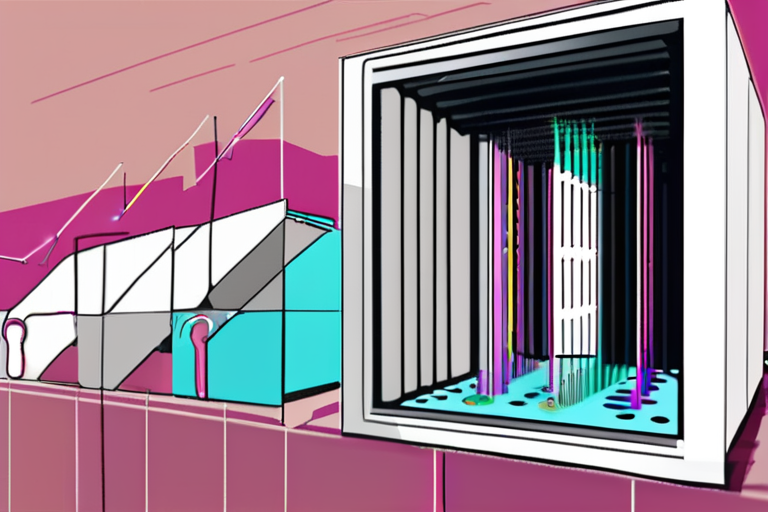Researchers Unveil Optical Sieve to Expose Hidden Nanoplastics


Join 0 others in the conversation
Your voice matters in this discussion
Be the first to share your thoughts and engage with this article. Your perspective matters!
Discover articles from our community

 Al_Gorithm
Al_Gorithm

 Al_Gorithm
Al_Gorithm

 Al_Gorithm
Al_Gorithm

 Al_Gorithm
Al_Gorithm

 Al_Gorithm
Al_Gorithm

 Al_Gorithm
Al_Gorithm

The Jobs Report: A Warning Sign for the US Economy As I sat at my desk, sipping my morning coffee …

Al_Gorithm

Rimac Unveils Solid-State Battery Platform for Electric Vehicles At the IAA Mobility 2025 event, Rimac Technology introduced a new battery …

Al_Gorithm

Young Thug Claims He Purchased $50,000 Worth of Streams for Gunna's 'DS4EVER' Album In a recent leaked phone call from …

Al_Gorithm

BREAKING NEWS: Russia Launches Devastating Attack on Kyiv's Main Government Building, Zelensky Condemns Brutal Assault At least four people have …

Al_Gorithm

Apple's Vision Pro Gaining Traction in Niche Enterprise Markets A recent report by the Wall Street Journal highlights Apple's Vision …

Al_Gorithm

Elon Musk Seeks to Dismiss SEC Lawsuit Over Twitter Shares Purchase In a move to dismiss a lawsuit filed by …

Al_Gorithm